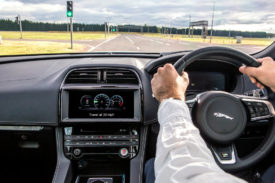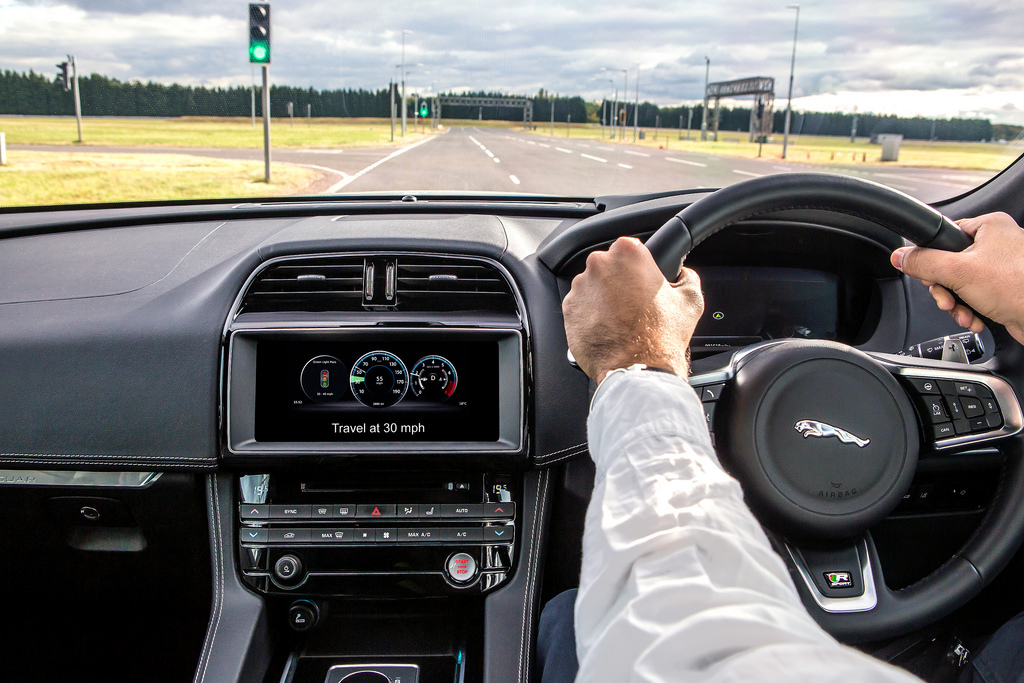Euro NCAP has now been testing car safety for 20 years. They marked the occasion by testing a 1997 Rover against a modern day Honda Jazz. The results were as you would expect. A 40mph collision left the Rover crumpled, and would have killed every passenger. The Honda fared better. Passengers would have received bruising at best. Of course, we don’t need tests to know that cars are safer than they were twenty years ago. It may not seem long ago, but this test takes us back to a time when airbags weren’t even compulsory.
It’s reassuring to see how far safety has come since then. We can rest a lot easier that we’re safer than we ever have been on the roads. But, this battle is far from won. There are still issues that need addressing. The good news is, it looks like many manufacturers are aware of the problems. Car safety promises to move even further by 2020. But, what are the best ways forward?
ome would argue we should take steps to ensure our cars are as safe as possible. Installing tyre pressure monitoring and rear view camera systems are just some of the steps we can take to improve matters. Of course, some cars now come with these included. But, can we depend on these additions? Faulty tyre pressure monitoring systems were a big problem a few years ago. The suggestion being that you can’t beat the tried and tested methods of checking, right? Wrong. A monitoring system is a good option, but you need to know you can trust what you have. So, installing your own is in many ways your best bet.

Other steps are also being taken to improve safety. The forerunners are, of course, autonomous vehicles. These will take control out of our hands. If your car is driving itself, safety is sure to improve. It would be a little ambitious to say that we’ll have fully autonomous cars by 2020. No manufacturer can work miracles. Models like the Mercedes-Benz fully autonomous F015 Luxury in Motion concept car are the closest we’re going to get. For the most part, we can expect to see cars that are autonomous in certain settings. Which is better than nothing. And one day, things could move even further.
Driver override systems are another thing to look out for. We already have cars that stop when they need to, regardless of whether you hit the brakes. But, we can soon expect vehicles which go against instructions if they consider them a risk. You may want to rev the engine, but the car will stop if it judges the need to do so. Is this a case of technology going too far? Maybe, but it’s sure to improve car safety. Better, it’ll put a halt to dangerous driving. What’s not to love about the idea? We may not like the idea of a car with a mind of its own. But, it may be the best way forward.


